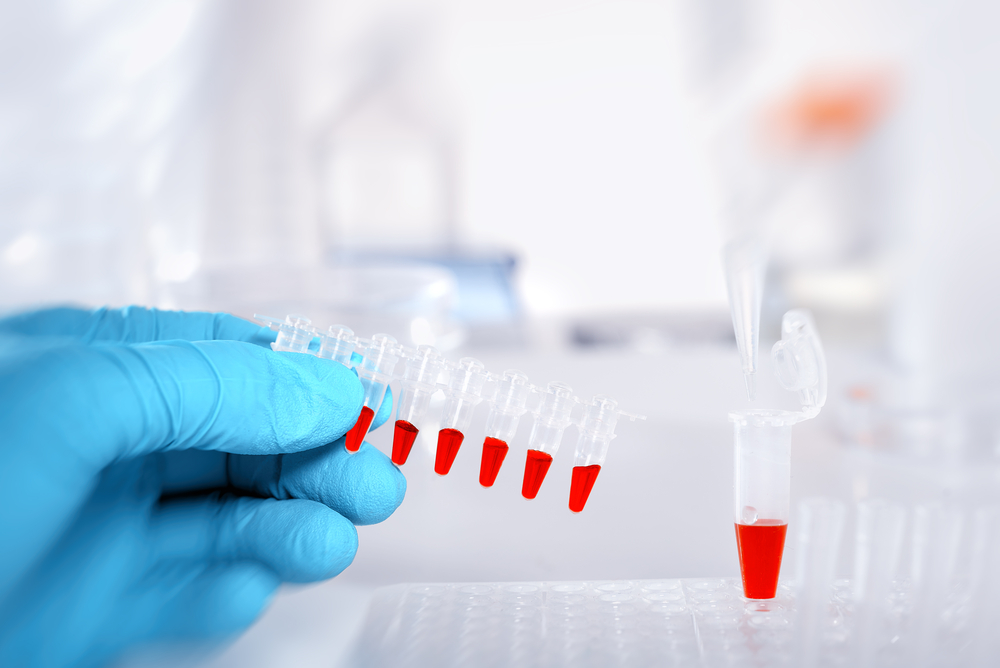Michielsen compared the effects of two different energy-intake restricting diets designed to promote weight loss. The diets differed in quality. The high-quality diet contained more nutrients known to offer health benefits. Still, both diets contained the same number of calories. Michielsen: ‘One would expect subjects in both groups to lose the same amount of weight. This, however, was not the case. The high-quality diet led to a greater weight loss (an average of 8.5 kilogrammes as opposed to an average of 6.2 kilogrammes). This difference was partially explicable. But 1.2 kilogrammes remained for which no explanation was available’, Michielsen says. ‘Apparently, the saying “A moment on the lips, a lifetime on the hips” is not entirely accurate. Other factors also play a role.’
MicroRNA
For further research, Michielsen took samples of the fatty tissues and studied hundreds of different processes. She made an interesting discovery. ‘We saw that the quality of the diet and weight loss affected the expression of different types of microRNAs in the fatty tissue.’ MicroRNAs are tiny pieces of read DNA that steer processes in the body. Some microRNAs showed an increased expression, while others showed a lower expression. Some changed only with one of the two diets.
Ultimately, we strive to objectively measure a person’s food intake, without the use of questionnaires
Charlotte Michielsen, Human Nutrition
‘Deviations in the presence or expression of microRNAs are related to certain types of cancer and cardiovascular diseases’, Michielsen explains. ‘In the domain of nutrition research, this is a new field of studies.’ Whether the differences in how people respond to the diets can be explained by microRNAs is yet to be established, there is not enough knowledge on these microRNAs at this time.
‘The effects of nutrition on health are traditionally measured using a limited set of biomarkers, such as cholesterol levels and blood pressure’, says Michielsen. ‘The low-hanging fruit in this field has been plucked, and we are searching for new biomarkers. We hope to be able to measure the effect of nutrition on the body through changes in the expression of microRNA’s.’
Measuring intake objectively
In addition to biomarkers that measure the effect of nutrition, Michielsen also searched for biomarkers that could measure the intake of specific foodstuffs. She identified some promising options, among others for the intake of liquorice. However, these require further investigation before they can be applied in practice. ‘Ultimately, we strive to objectively measure a person’s food intake, without the use of questionnaires, and to link this information to specific health effects. We hope this will lead to fewer conflicting results, which could increase the faith in nutrition research.’
In a follow-up study, Michielsen will delve deeper into the different biomarkers and collaborate with researchers of the Food & Biobased Research (FBR) and Agrotechnology & Food Sciences Group (AFSG) to develop an algorithm which is to lead to an app. This app should provide personalised nutrition advice based on thousands of factors.
Charlotte Michielsen will obtain her PhD in Human Nutrition and Health on Friday 22 January.

 Photo: Shutterstock
Photo: Shutterstock